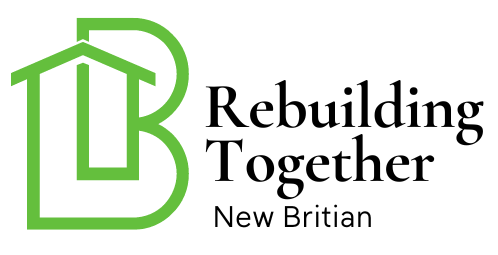Creating ADA-friendly fire escape plans is crucial for ensuring the safety and accessibility of all individuals within a building, including those with disabilities. Designing these plans requires careful consideration of various factors to ensure that everyone can evacuate safely in an emergency. This article will explore the essential elements of creating effective fire escape strategies that comply with the Americans with Disabilities Act (ADA) guidelines.

Understanding the Importance of ADA Compliance
The Americans with Disabilities Act (ADA) is a comprehensive civil rights law that prohibits discrimination against individuals with disabilities. It ensures equal access to public services, including emergency evacuation procedures. By implementing ADA-friendly fire escape plans, homeowners and building managers can ensure that everyone has a fair chance to evacuate safely during a fire or other emergencies.
Key Components of ADA-friendly Fire Escape Plans
Accessible Exits
One of the primary aspects of ADA compliance is ensuring that all exits are accessible. This means that doorways, ramps, and pathways should be wide enough to accommodate wheelchairs and other mobility aids. Additionally, exits should be free from obstructions and clearly marked to guide individuals to safety.
Emergency Signage
Proper signage is essential for guiding individuals to safety during an emergency. Signage should be visible, easily readable, and include Braille for those with visual impairments. It should also indicate the location of accessible exits and safe areas.
Evacuation Assistance
In some cases, individuals with disabilities may require assistance during an evacuation. Ensuring accessibility in emergency plans involves training staff and other building occupants on how to assist those in need. This includes providing information on how to operate mobility devices and offering a helping hand when necessary.
Safe Areas
Designating safe areas within the building is crucial for individuals who cannot evacuate immediately. These areas should be fire-resistant and equipped with communication devices to alert emergency personnel of the occupants’ locations.
Developing an Inclusive Fire Drill Strategy
Conducting regular fire drills is a vital part of ensuring that all occupants are familiar with evacuation procedures. It’s important to develop an inclusive fire drill strategy that takes into account the needs of individuals with disabilities. This includes providing alternative ways to participate in drills, such as simulations or discussions for those who cannot physically participate.
Training and Education
Educating building occupants about ADA guidelines and the importance of inclusive evacuation procedures is essential. Training sessions should cover topics such as the operation of mobility devices, effective communication with individuals with disabilities, and recognizing the needs of those who require assistance.
Leveraging Technology for Enhanced Safety
Technological advancements have made it possible to enhance the safety and accessibility of fire escape plans. Incorporating these technologies can significantly improve the effectiveness of emergency procedures.
Automated Notification Systems
Automated notification systems can alert building occupants to emergencies and provide instructions for evacuation. These systems can be customized to include visual and auditory alerts that cater to individuals with various disabilities.
Smart Building Technology
Smart building technology can enhance the efficiency of evacuation procedures by providing real-time information on building conditions and occupancy. This information can be used to guide emergency personnel and building occupants to the safest exits.
Creating a Culture of Safety and Inclusion
Fostering a culture of safety and inclusion is essential for ensuring the success of ADA-friendly fire escape plans. This involves promoting awareness and understanding of the needs of individuals with disabilities and encouraging collaboration between building occupants and emergency personnel.
Community Engagement
Engaging the community in the development and implementation of fire escape plans can lead to more effective and inclusive strategies. This includes seeking input from individuals with disabilities and involving them in decision-making processes.
Continuous Improvement
Regularly reviewing and updating fire escape plans is crucial for maintaining their effectiveness. This includes incorporating feedback from drills and real-life emergencies and staying informed about changes in ADA guidelines and best practices.
Conclusion
In conclusion, ADA-friendly fire escape plans are essential for ensuring the safety and well-being of all individuals during an emergency. By understanding and implementing the key components of these plans, homeowners and building managers can create inclusive and effective evacuation strategies that comply with the Americans with Disabilities Act. Through education, technology, and community engagement, we can build a culture of safety and inclusion that benefits everyone.

FAQ Section
What is the purpose of ADA-friendly fire escape plans?
ADA-friendly fire escape plans ensure that all individuals, including those with disabilities, can evacuate safely during an emergency. They comply with the Americans with Disabilities Act to provide equal access to safety procedures.
How can technology enhance fire escape plans?
Technology, such as automated notification systems and smart building technology, can improve the efficiency and effectiveness of evacuation procedures by providing real-time information and customized alerts for individuals with disabilities.
Why is community engagement important in developing fire escape plans?
Community engagement allows for input and collaboration from individuals with disabilities, leading to more effective and inclusive fire escape plans that address the needs of all building occupants.
This article contains affiliate links. We may earn a commission at no extra cost to you.

